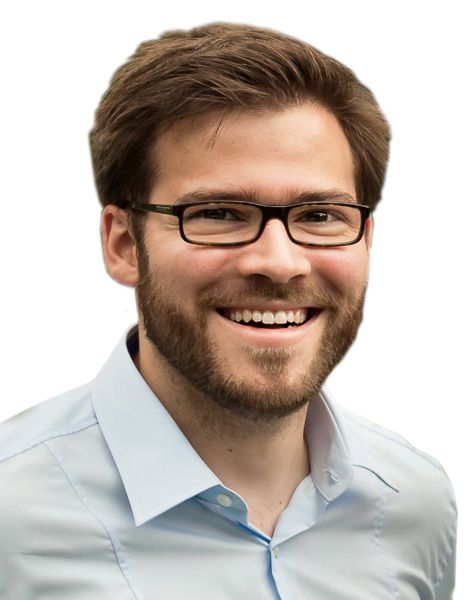Steffen Rulands

Dr Steffen Rulands
Postdoc in Prof Simons' group
Office: 537 Mott Bld
Phone: +44(0)1223 3 37359
Email: sr679 @ cam.ac.uk
Personal web site
TCM Group, Cavendish Laboratory
19 JJ Thomson Avenue,
Cambridge, CB3 0HE UK.
Research
Stem cells in developing and adult tissues
The development and maintenance of tissues relies on a tightly balanced coordination of cell proliferation and differentiation. For developing tissues a precise regulation is necessary to ensure the correct composition of differentiated cell types. In adult, proliferation must compensate for fate specification to ensure homeostasis. Being able to self-renew poses stem cells at the apex of proliferation hierarchies. The maintenance of homeostasis requires fate asymmetry in the daughters of dividing stem cells. This can be achieved in two ways: on a cellular level, or on the level of the population, giving rise to stochastic, neutral competition. Which of the two models drives fate regulation has remained elusive for most tissues. To understand how different tissues maintain homeostasis we collaborate with experimentalists who employ lineage tracing to follow the fate of single clones.
Molecular mechanisms of stem-cell fate choice
Recent studies of tissue stem cells emphasize the importance of stochasticity in stem cell fate specification. But what is the molecular basis for stochastic fate choice? Embryonic stem cells have been found to exist in a state of dynamic equilibrium in which key pluripotency factors are heterogeneously expressed. Underlying the transcriptional plasticity of embryonic stem cells is a unique epigenetic landscape that maintains the equilibrium between self-renewal and differentiation. The recent advent of methods for single-cell transcriptomics and epigenomics provides a unique opportunity to get mechanistic insight into the interplay between epigenetic and transcriptional regulation of pluripotency. Making use of the rich methodology of statistical physics and bioinformatics I am interested in how stem-cell heterogeneity is regulated on the molecular level.Genetic diversity and phenotypic heterogeneity
A high degree of specialization makes organisms vulnerable to environmental changes. How can organisms specialize to an ecological niche and at the same time be able to survive in a variety of different conditions? Many bacteria and viruses counteract specialization by switching between several phenotypic states. As an example, phenotypic switching is a strategy commonly employed by pathogens to evade a host's immune system. Some bacteria also stochastically switch between phenotypic states to minimize the risk of population extinction due to an attack with antibiotics. Inspired by these phenomena, I am interested in how genetic diversity and phenotypic heterogeneity evolve in microbial populations. To this end, we studied the evolution of heterogeneous populations in range expansion processes and more complex ecological scenarios.
In Plain English
Stem cells play a pivotal role in development and tissue maintenance, as well as the initiation of cancer. Understanding how stem cells decide to become more specialised cell types will help harvesting the enormous clinical potential of these cells. I apply the methodology of theoretical physics to understand how stem cells regulate their behavior on a molecular level and on the level of tissues.Featured Publications
- Early lineage restriction in temporally distinct populations of Mesp1 progenitors during mammalian heart development. Nat. Cell Biol. 16 829 - 840 (2014)